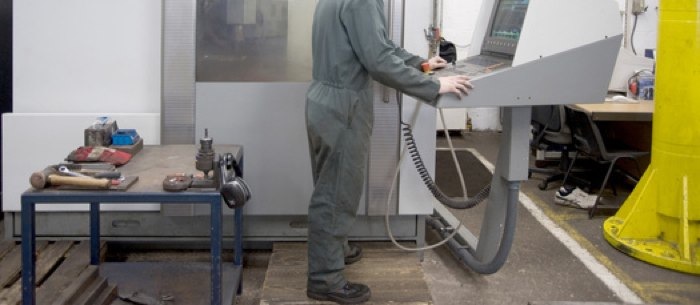The typical company being served by an Economic Development Agency meets the exact qualification standard for the startup credit.
Economic Development Agencies & What Their Primary Goals Are
Economic Development (ED) Agencies, although public entities, are highly focused on producing measurable results/metrics because their funding (that is, their jobs) from state, county, city and/or university entities depend heavily on their results.
The key metrics that ED Agencies are measured by:
- Number of jobs created by the companies they serve
- Number of dollars in follow-on capital which refers to investment (*and/or grant funding*) procured by the companies they serve
How The Startup Act Assists Economic Development Agencies In Reaching Their Goals
Though the Act doesn’t directly speak to grant funding, know that grants are easier to come by if a company is well-capitalized and has the credibility that comes with having procured capital [i.e., implied vetting]. Plus, many grants require matching capital from private/commercial investors.
The article, The “Startup Act”, Catching the Economic Development Winds, was written to resonate with Economic Development Agencies because it addresses how, in practical ways, the Act’s incentives can make both job creation and venture capital investment much less challenging than it would be without the incentives.
The clear intentions of the Act’s incentives are:
- Job creation, especially technology-based jobs
- Investment capital flowing into younger technology-based companies
These intentions line up perfectly with an ED Agency’s metrics.
It is completely possible that any given ED Agency isn’t fully aware of the Act’s incentives and is therefore not striving to meet its metrics with all of the tools available.
Our Objective
The objective is to “inform and educate” these agencies so they can “inform and educate” their client companies (and potential investors in those companies). This would likely involve connecting client companies with the resources, probably in the form of professionals/experts, that can dig into their particular situations to see about realizing the benefits intended by the incentives.
GMG Savings Advisors can offer the ED Agency to connect its client companies with the experts/professionals that can make both increased job creation and follow-on capital a reality.









